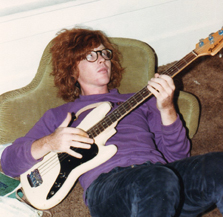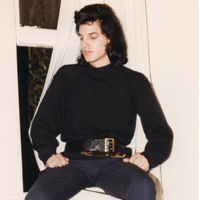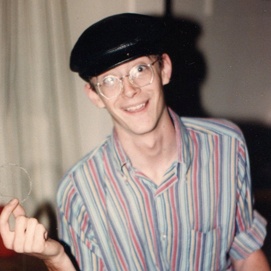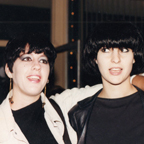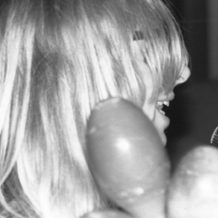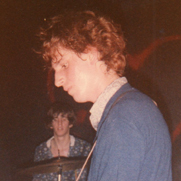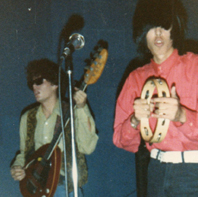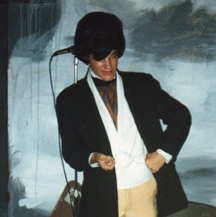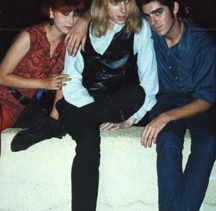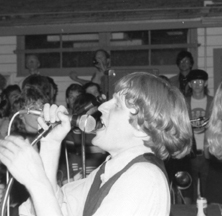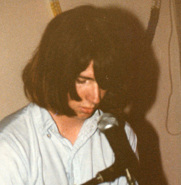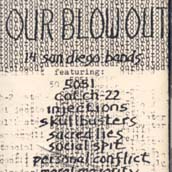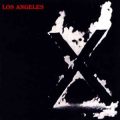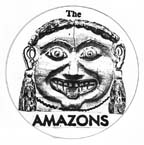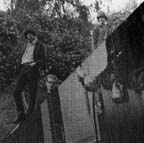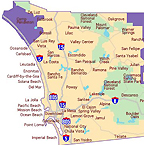 (A sentimental epicurean journey by Manual Scan/Lemons Are Yellow veteran Paul Kaufman.)
(A sentimental epicurean journey by Manual Scan/Lemons Are Yellow veteran Paul Kaufman.)
Regardless of where the show was, chances are the night would end up at Sheldon’s, the Eisenhower-era styled, non-conglomerate “family” restaurant that once loomed large in the all-night dining Pantheon of San Diego. Most memorable for me were items with descriptions like “Large 24 oz. Malted Milkshake, Thick and Creamy, $1.25” and “Demi-loaf of home-baked bread, served here with butter, 75 cents.” Those Thick and Creamies became a significant part of my diet, and one of their original ashtrays still is on the mantle. Also iconic was their placemat, with postwar cartoon depiction of San Diego’s highlights.
My first time was after the first Manual Scan show at the London Tavern.
Read moreSheldon’s After Dark
 What can we say about Cyndie Jaynes? Not only is she a published author and successful graduate of the San Diego underground, she's also a marvelous documentarian with an unrivaled cache of photos and flyers from early-'80s SD.
What can we say about Cyndie Jaynes? Not only is she a published author and successful graduate of the San Diego underground, she's also a marvelous documentarian with an unrivaled cache of photos and flyers from early-'80s SD.